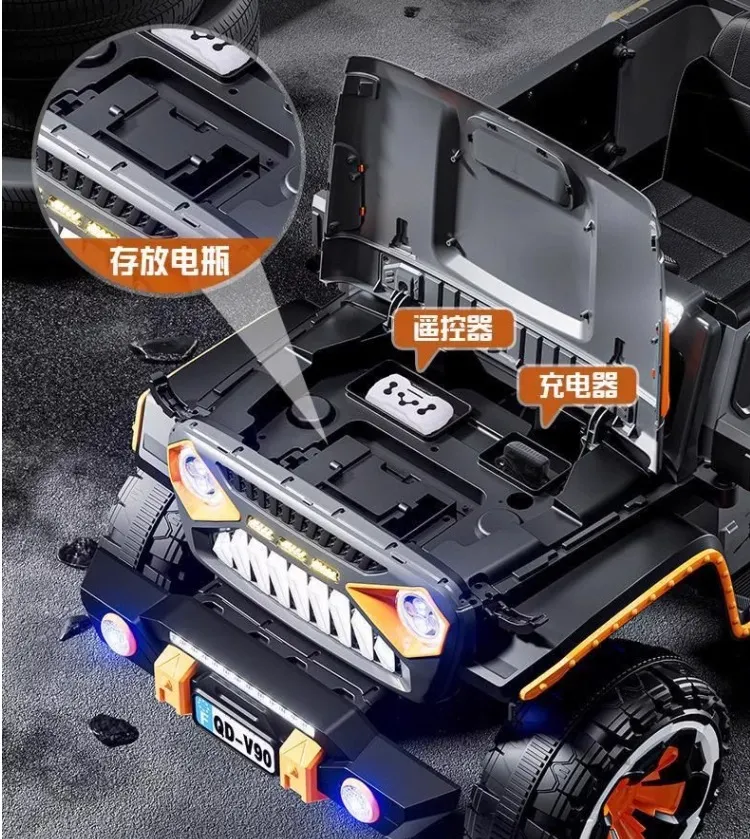
- Afrikaans
- Albanian
- Amharic
- Arabic
- Armenian
- Azerbaijani
- Basque
- Belarusian
- Bengali
- Bosnian
- Bulgarian
- Catalan
- Cebuano
- Corsican
- Croatian
- Czech
- Danish
- Dutch
- English
- Esperanto
- Estonian
- Finnish
- French
- Frisian
- Galician
- Georgian
- German
- Greek
- Gujarati
- Haitian Creole
- hausa
- hawaiian
- Hebrew
- Hindi
- Miao
- Hungarian
- Icelandic
- igbo
- Indonesian
- irish
- Italian
- Japanese
- Javanese
- Kannada
- kazakh
- Khmer
- Rwandese
- Korean
- Kurdish
- Kyrgyz
- Lao
- Latin
- Latvian
- Lithuanian
- Luxembourgish
- Macedonian
- Malgashi
- Malay
- Malayalam
- Maltese
- Maori
- Marathi
- Mongolian
- Myanmar
- Nepali
- Norwegian
- Norwegian
- Occitan
- Pashto
- Persian
- Polish
- Portuguese
- Punjabi
- Romanian
- Russian
- Samoan
- Scottish Gaelic
- Serbian
- Sesotho
- Shona
- Sindhi
- Sinhala
- Slovak
- Slovenian
- Somali
- Spanish
- Sundanese
- Swahili
- Swedish
- Tagalog
- Tajik
- Tamil
- Tatar
- Telugu
- Thai
- Turkish
- Turkmen
- Ukrainian
- Urdu
- Uighur
- Uzbek
- Vietnamese
- Welsh
- Bantu
- Yiddish
- Yoruba
- Zulu
Nov . 06, 2024 07:06 Back to list
Tips for Optimizing Your Mountain Bike Derailleur Performance and Gear Shifting
How to Tune a Mountain Bike Derailleur
Tuning your mountain bike derailleur is crucial for optimal performance. A well-adjusted derailleur ensures smooth shifting between gears, which can significantly enhance your riding experience. If you're experiencing skipping gears or difficulty shifting, it might be time to tune your derailleur. Below is a step-by-step guide on how to do this.
Understanding the Basic Components
Before diving into the tuning process, it's essential to understand the main components of your derailleur system
1. Rear Derailleur The mechanism responsible for moving the chain between different gears on the cassette. 2. Front Derailleur Similar to the rear, it shifts the chain between chainrings. 3. Shifter The levers on your handlebars that you use to change gears. 4. Cable and Housing These components connect the shifters to the derailleurs, transferring the force you apply on the shifter to the derailleur itself.
Tools You’ll Need
- Allen wrenches (typically 4mm or 5mm) - Screwdriver (for limit screw adjustments) - Chain checker (optional) - Clean rag - Bike lubricant
Step-by-Step Tuning Process
1. Inspect the Derailleur
Start by inspecting both the front and rear derailleurs for any visible damage or misalignment. Check if the cables are frayed or if the housing is damaged. If so, consider replacing them before proceeding with the tuning.
2. Check Cable Tension
Proper cable tension is essential for accurate shifting. To check it, shift into the smallest chainring and the smallest cog. This position should allow you to pull the derailleur with minimal resistance. If the derailleur feels slack or does not move smoothly, you may need to adjust the cable tension.
how to tune a mountain bike derailleur

To adjust the tension, locate the barrel adjuster, often found where the cable housing meets the derailleur. Turning it counterclockwise will increase tension, while turning it clockwise will decrease tension. Make small adjustments and test the shifting after each change.
3. Limit Screws Adjustment
The limit screws on your derailleur control how far the derailleur can move. If these screws are misadjusted, you may end up overshifting or undershifting.
- For the Rear Derailleur Shift to the smallest cog. Locate the H (high) limit screw on the derailleur. When properly adjusted, the derailleur should be aligned with the smallest cog without the chain rubbing against the derailleur body. Next, shift to the largest cog and adjust the L (low) limit screw to ensure the derailleur doesn’t push the chain off the cassette. Again, the derailleur should be aligned without any rubbing.
- For the Front Derailleur Shift to the largest chainring. Adjust the high limit screw so that the derailleur's inner plate is close to the chain without rubbing. Shift to the smallest chainring to adjust the low limit screw accordingly.
4. Fine-Tuning
After adjusting the limit screws and cable tension, it's time to fine-tune the shifting. Shift through all the gears while pedaling lightly to identify any issues. Listen for any grinding sounds or delayed shifts—these indicate misalignment or insufficient cable tension.
If the chain hesitates while shifting, try adjusting the barrel adjuster to fine-tune the cable tension. Make incremental adjustments and test each time.
5. Lubricate Moving Parts
A well-lubricated derailleur is crucial for smooth operation. Apply some bike-specific lubricant to the pivot points of the derailleur and ensure that the chain is clean and lubricated as well. This reduces friction and helps in maintaining a smooth shifting action.
Conclusion
Tuning your mountain bike derailleur may seem daunting at first, but with practice and patience, you can achieve optimal gear shifting performance. Regular maintenance will ensure that your bike remains in excellent condition, providing you with a smoother, more enjoyable ride. Remember that if adjustments don't solve your shifting issues, it may be wise to consult a professional mechanic to ensure your bike is operating at its best. Happy riding!
-
The Ultimate Kids' Four-Wheeler Experience
NewsJul.09,2025
-
The Ultimate Guide to Mountain Bikes: Gear Up for Your Ride
NewsJul.09,2025
-
The New Age of Cycling: Electric Bikes for Every Rider
NewsJul.09,2025
-
The Best Kids Bicycles: Ride in Style and Safety
NewsJul.09,2025
-
The Best 3-Wheel Scooters for Kids: Fun, Safety, and Adventure
NewsJul.09,2025
-
Revolutionize Your Ride: Affordable Electric Bikes
NewsJul.09,2025
-
Finding the Perfect Mountain Bike for Every Rider
NewsJul.09,2025



